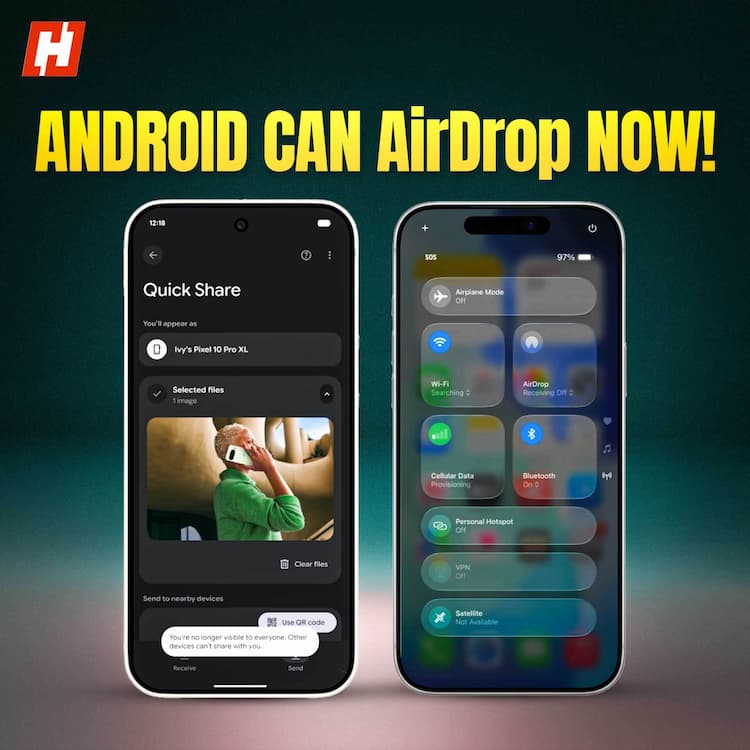Nothing’s sub-brand, CMF by Nothing, is back to its usual playful antics, dropping cryptic teasers featuring Pokémon. This time, the official CMF handle on X (formerly Twitter) has shared images of Bulbasaur, Gligar, Girafarig, and Hoothoot, and if Nothing’s track record is anything to go by, this is a clear hint that new devices are on the way.
The brand has previously used Pokémon-inspired teasers, with a pixel-art Arcanine leading up to the launch of the Nothing Phone 3a series. Now, CMF is carrying the trend forward, suggesting that multiple products are in development under its name.
What could be coming?
While CMF hasn’t officially confirmed anything yet, leaks suggest these teasers correspond to upcoming gadgets.
Bulbasaur is believed to represent the CMF Phone (2), a successor to the CMF Phone (1) that introduced a modular design. Gligar is likely linked to the CMF Neckband Pro 2, while Hoothoot is thought to hint at the Buds Pro 3. Girafarig, on the other hand, is expected to be a nod to the Watch Pro 3.
Given CMF’s focus on affordability and modular features, these new launches are likely to continue in the same vein, offering strong specs at competitive prices.
Leaked details on CMF Phone 2
Among these anticipated products, the CMF Phone (2) is set to be the biggest highlight of CMF’s 2025 lineup. It is expected to be powered by MediaTek’s Dimensity 7400 chipset, which is set to debut soon on the Motorola Edge 60 Fusion.
The phone will reportedly retain its customisable back panel with a dial-like screw for attaching accessories, much like its predecessor. However, the major upgrade could be in the camera department.
Unlike the CMF Phone (1), which had just a 50MP primary sensor and a 2MP depth sensor, the CMF Phone (2) is rumoured to feature a triple-camera setup, potentially adding an ultra-wide-angle lens.
Beyond smartphones, CMF is expected to launch a fresh lineup of wearables. The CMF Watch Pro 3 could bring new smartwatch features, while the Buds Pro 3 and the Neckband Pro 2 are set to offer enhanced audio performance.
CMF is clearly looking to expand its ecosystem, bringing its signature design and value-driven approach to a broader range of products. While official details are still scarce, these Pokémon-themed teasers indicate that the brand has something exciting up its sleeve.






